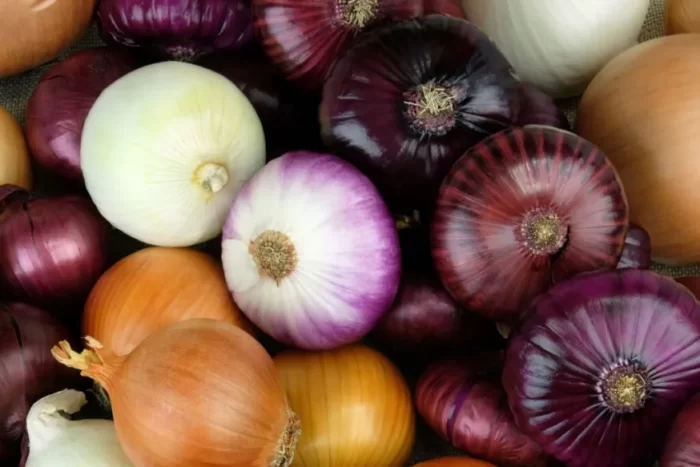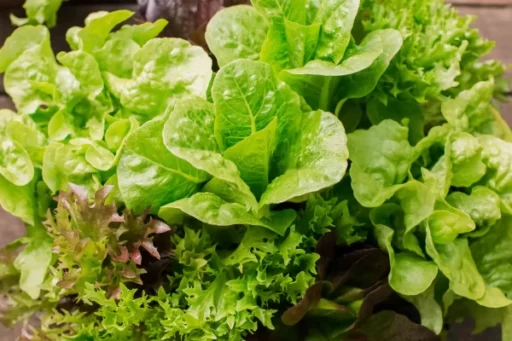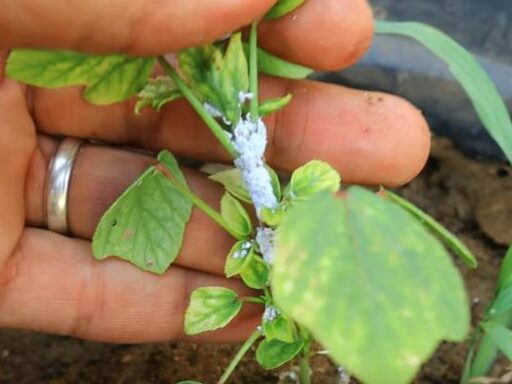The quest for achieving the perfect size for fruits and vegetables is a common concern among farmers, hobbyists, and agricultural investors alike. Understanding the role of essential nutrients and environmental conditions is crucial for enhancing crop yields and ensuring quality. This article will provide insights into the process of sizing fruits effectively, focusing particularly on the role of potassium.
The Importance of Potassium in Plant Nutrition
Potassium is often hailed as a vital element in achieving proper fruit size. However, misconceptions surrounding its role can lead to ineffective agricultural practices. Many individuals spray potassium, expecting significant improvements in fruit size, yet they do not see the desired results. This situation typically arises from a misunderstanding of potassium’s function.
Potassium serves as a “transport minister” for plants, facilitating the movement of photosynthesis products—such as carbohydrates, sugars, and proteins—throughout the plant. This movement is crucial for directing nutrients to the fruit, promoting growth and development. Without adequate photosynthetic products, potassium has nothing to transport, resulting in suboptimal fruit sizing.
Essential Nutrients for Photosynthesis
For a plant to perform photosynthesis effectively, it requires 16 essential nutrients. These include:
- Primary Elements: Carbon, oxygen, and hydrogen are fundamental for the photosynthesis process, derived from air and water.
- Macronutrients: Nitrogen, phosphorus, and potassium, which are crucial for overall plant health.
- Secondary Elements: Calcium, magnesium, and sulfur support various physiological functions.
- Micronutrients: Iron, zinc, copper, manganese, boron, molybdenum, and chlorine, needed in smaller quantities but equally important.
The Role of Light and Water

In addition to nutrients, adequate light and water are critical for photosynthesis. The leaves must receive sufficient sunlight for an adequate duration, ensuring that the plant can efficiently convert light energy into chemical energy. Furthermore, water is essential, as it provides hydrogen—a key component of the photosynthesis process (H₂O). Proper irrigation practices must be maintained to ensure that plants receive the necessary hydration.
Ensuring Healthy Plants
Healthy plants are vital for optimal fruit sizing. It is important to monitor for diseases and pests that can hinder plant growth. Root diseases like nematodes and root rot, as well as foliar diseases such as powdery mildew, can severely impact a plant’s ability to perform photosynthesis. Additionally, pests like aphids and thrips can cause damage that affects overall plant health and fruit development.
Practical Steps for Optimizing Fruit Size
To achieve the best possible fruit size, consider the following steps:
- Fertilization: Ensure that your fertilizer regimen includes all 16 essential nutrients, particularly potassium, which facilitates nutrient transport.
- Light Exposure: Position plants to receive ample sunlight, ensuring leaves are oriented to capture maximum light.
- Water Management: Maintain balanced irrigation to provide consistent moisture, allowing plants to absorb necessary hydrogen.
- Disease and Pest Control: Regularly inspect plants for signs of diseases or pests, and take appropriate measures to address any issues promptly.
- Soil Health: Enhance soil quality with organic matter, improving its ability to retain moisture and nutrients.
Conclusion
The process of achieving optimal fruit size involves a comprehensive understanding of plant nutrition and environmental factors. By focusing on potassium’s role in nutrient transport and ensuring plants have access to light, water, and healthy growing conditions, gardeners and farmers can significantly improve their crop yields.
Frequently Asked Questions
- How does potassium affect fruit size?
- Potassium helps transport nutrients within the plant, which is essential for proper fruit development.
- What are the essential nutrients needed for plant growth?
- Plants require 16 essential nutrients, including carbon, oxygen, hydrogen, nitrogen, phosphorus, potassium, calcium, magnesium, sulfur, iron, zinc, copper, manganese, boron, molybdenum, and chlorine.
- How important is sunlight for photosynthesis?
- Sunlight is critical, as it provides the energy necessary for photosynthesis to occur.
- What should I do if my plants are not growing well?
- Check for nutrient deficiencies, pests, or diseases, and adjust your care regimen accordingly.
- How can I ensure my plants receive enough water?
- Implement a consistent irrigation schedule and monitor soil moisture levels regularly.
- What are common pests that can affect plant health?
- Common pests include aphids, thrips, and spider mites, which can hinder growth if not managed properly.
- Can I use organic fertilizers to improve fruit size?
- Yes, organic fertilizers can provide essential nutrients while improving soil health, benefiting overall plant growth.






